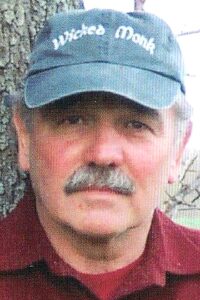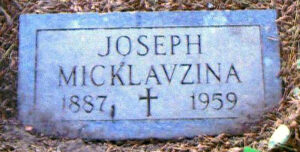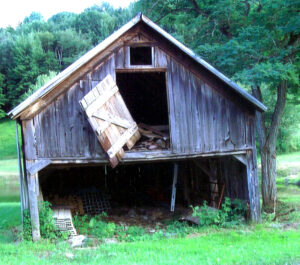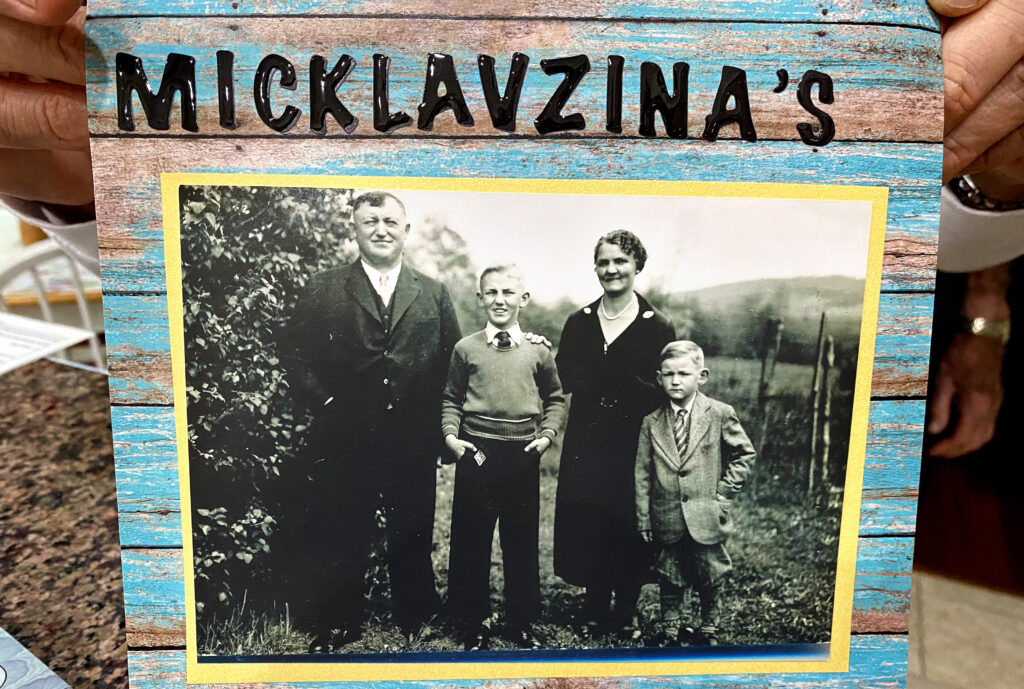LETTER from TERRY BERKSON
‘Bootlegging Hermits’ Life
Rich As Renaissance Man’s

One cold and leafless November morning about 40 years ago, I was deer hunting on Panther Mountain outside of Richfield Springs with my friend Paul O’Connor.
After a long climb, we came into an area that was covered with hardwood trees that stood in gentle depressions and on top of small hummocks. The rolling terrain repeated itself over and over in a nondescript fashion so that it was easy to get lost and difficult to determine exactly where we were.
Obviously, for a deer, it was a great place to hide out.
At one point we came upon an old shack that had collapsed under the weight of age and heavy snow.
“This was Honey Joe’s shack,” Paul told me. “He used to make hooch out of honey during prohibition.”
“Booze out of honey?” I asked.
“Yeah, Paul said. “I think they called it metheglin.”
I was fascinated by the thought of a man hiding away deep in the forest making a forbidden brew and I asked a lot of questions for which Paul had no answers.
Over the years, on deer hunts, Honey Joe’s name would come up but no one seemed to know very much about him. Rumor had it that he lived in the Fly Creek Valley near Panther Mountain and that he was a hermit.
Eventually, I got in touch with John Stucin, a farmer, whose family lived not far from where the Micklavzinas lived. That was Honey Joe’s last name, Micklavzina.

Stucin’s memories of the old bootlegger were very clear.
“He was a big man, almost as broad as he was tall. He must have weighed close to 300 pounds. He was friendly and liked to talk a lot, and he always came around in his old pickup when it was time to do chores and the men, he and my father, would get so deep into politics that us kids would wind up having to do the work!”
Stucin remembered that state troopers came around many times looking for Honey Joe’s still, but they never found it. That is all the farmer remembered, but he told me that his mother, Mary, had known Honey Joe very well and might give me more information.
Mary Stucin turned out to be a very clear-minded 92-year-old woman with vivid memories.
She recalled that, in the mid-’20s, when Honey Joe first came to his 140-acre farm in the Fly Creek Valley, “Bees weren’t his only business.” She said he and his wife Antonia used to sell strawberries, plums and apples and that he butchered farm animals as well as deer.
Mary said that he was an intelligent man and that he read a lot. Originally a farmer from Slovenia, near Austria, he was well versed in home remedies for people as well as for animals.
In spite of his weight, he was a lively man with a big round face and pale green/blue eyes. He loved to dance, especially the polka, and according to Mary, “for a man his size he was very light on his feet.”

I learned that his making metheglin out of honey and grain was a lot more casual than the label, bootlegger, would suggest.
“He didn’t charge much for the stuff,” she said. “Maybe a dollar a gallon. But all kinds of high-ranking people, doctors, lawyers etc. would come to buy it because he made good stuff and because of Prohibition.”
Mary said that even the locally famous state trooper, Sergeant Cunningham, who had an office in Cooperstown, used to come to Honey Joe for metheglin.
The rough and tumble Cunningham, who used to put on demonstrations of great horsemanship, couldn’t drive a car and would have one of his men ferry him to the farm to get some home brew.
Honey Joe wasn’t only big, he was strong. At fairs in Cooperstown, Richfield Springs, Oneonta and elsewhere, he’d enter dead-weight-lifting competitions, where he’d frequently walk away with the prize.
Once he and his son, Frank, were bogged down in mud in an old pickup truck. He got out and easily lifted the rear wheel so that Frank could slide a plank under it.
Whether he was cutting timber or shearing sheep, he always kept up with his colony of bees and the harvesting of their produce.
Years later, when his wife Antonia left the farm and headed for Cleveland to open a restaurant, Honey Joe could not bring himself to leave his beloved land.
They parted amicably but the split left the work weary farmer to enter his senior years alone and eventually in poor health.
“We used to worry about him,” Mary Stucin said. Every couple of days I’d send someone over to check.” One day our hired hand found that the old man had passed on in his sleep.
Time tends to bury and distort. While hunting deer, we came upon the ruins of a “bootlegging hermit” and found a husband, a father, a political thinker, a strong competitor, a maker of mead and a light-footed dancer. Not a bad go at life.



Nice article about my grandfather Honey Joe. The picture with him, my grandmother Antonia, my uncle Frank (middle) and my father Joe (end) is one I have never seen before. I enjoyed the article and the chance to share it with my family.
Stanley Micklavzina
Eugene, Oregon.
I agree with my brother Stan. Nice Article on our Grandfather. I have never seen this picture of my grandpa,grandma Joe, and Frank. Thank You for sharing this article.